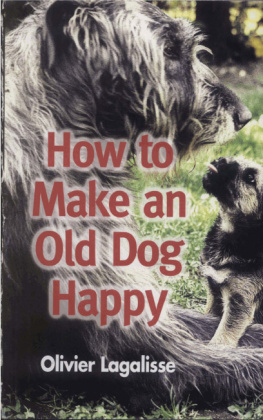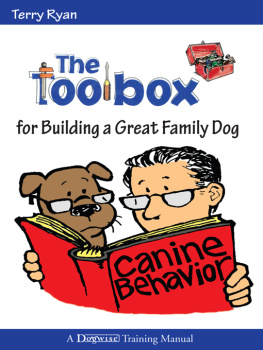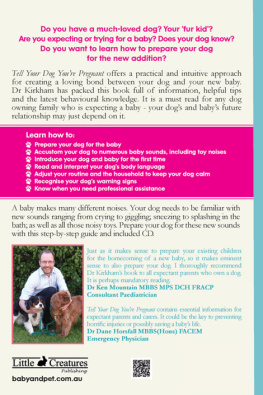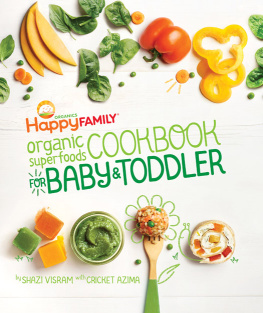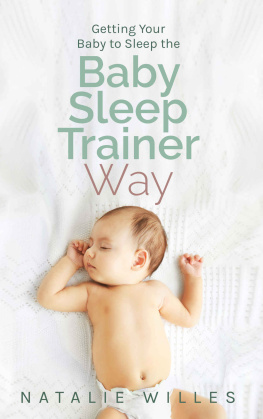


| New World Library 14 Pamaron Way Novato, California 94949 |
Copyright 2015 by Michael Wombacher
An earlier version of this book was published in 2000 under the title Theres a Baby in the House
All rights reserved. This book may not be reproduced in whole or in part, stored in a retrieval system, or transmitted in any form or by any means electronic, mechanical, or other without written permission from the publisher, except by a reviewer, who may quote brief passages in a review.
The material in this book is intended for education. No expressed or implied guarantee of the effects of the use of the recommendations can be given or liability taken.
All photos are by Rose Guilbert, except where otherwise noted.
Illustrations by Bruce Henderson
Text design by Tona Pearce Myers
Library of Congress Cataloging-in-Publication Data is available.
First printing, May 2015
ISBN 978-1-60868-349-9
Printed in Canada on 100% postconsumer-waste recycled paper

| New World Library is proud to be a Gold Certified Environmentally Responsible Publisher. Publisher certification awarded by Green Press Initiative. www.greenpressinitiative.org |
10 9 8 7 6 5 4 3 2 1
Contents
A few weeks before I began writing this book, I sat at my desk shaking my head in exasperation. I had just hung up after a call from yet another couple who had decided to give up their dog three months after theyd had a child. Its just too much, they told me. I had sensed the tears welling up in their eyes. The dog pees every time we pay attention to our baby, he runs around the house and barks at her, he growls when we put her on the sofa, which hes no longer allowed on, and he seems to have generally just gone crazy. Id explained to them everything they would have to do to correct the situation. Theyd realized they simply didnt have the time. Not with two jobs and a new baby. Sadly, they gave up the dog.

Even sadder was that the entire situation would have been preventable had they started working with their dog from the day they learned they were expecting. At least twice a month, I counsel expectant parents on how to prepare their dogs for the arrival of a child, and after receiving this last phone call I decided the time had come to put advice on paper. If more people could readily access this information, I thought, perhaps fewer dogs would be given up within a few months of a babys arrival.
With that motivation I set out to write this book. I have tried to cover every conceivable issue related to bringing a child into a home with one or more dogs. From a great deal of practical experience, I know that the actions outlined in this book work. The essential trick is taking the time to do them sooner rather than later. Otherwise you may end up like the couple mentioned earlier and give up your dog.
Before getting to the meat of the subject, lets take a few moments to examine the cultural context of what is to follow. Perhaps the most significant thing to note is that the last fifty or so years have produced enormous changes in the social status of dogs. As late as the 1970s, it was not uncommon to find the family dog relegated to the backyard, where, it was assumed, he was happy on his own with a doghouse, a bone, and an occasional play session with his human.
Since then, dogs have transitioned from the backyard to the bedroom. In the course of that transition, dogs have taken up new niches in the shifting social landscape of their human caregivers. Among those new niches is the role of surrogate child: as women freed themselves from traditional constraints and entered the workforce, many of them postponed having children. Dogs filled the void for childless young couples, effectively becoming the first step in the building of a family. Simultaneously, dog ownership in general has increased significantly. An estimated 40 percent of American households, or 75 million, are now home to at least one dog.
Good Dog, Healthy Child
Dog ownership has skyrocketed in the last half century, and an increasing body of information illustrates the many benefits of a loving relationship with mans best friend. In fact, studies have shown that children who own dogs are less narcissistic, and they possess greater, authentic self-esteem and empathy than children who dont. Understandably such children tend to be more popular in school and are quicker to develop friendships. Dogs also offer unqualified friendship to both children and adults during stressful and lonely times.
And theres more. Dog ownership provides potential health benefits to children. For instance, in an age of increasing, chronic childhood obesity, children with dogs tend to be more active and so are less likely to undergo the ravages of this affliction. Studies have also shown that owners of dogs suffer fewer common ailments such as headaches and colds, have reduced stress levels, and experience lower heart rates and blood pressure.
All in all, when well-integrated, dogs and children make fantastic companions.
So what happens when the surrogate child is supplanted by an actual one? The seriousness of this question is highlighted by the fact that, of the approximately 4.7 million people a year who suffer dog bites in the United States, 80 percent are children under five. Doubly sobering is the fact that 80 percent of those bites are on the face. Of course, the damage is both physical and psychological, with a majority of victims experiencing some form of posttraumatic stress disorder when the bite is substantial. Additionally, most of the bites come from dogs in the victims household and are related to seemingly harmless activities such as playing, petting, and feeding, and these dogs have no previous history of biting. The obvious question for expectant parents, then, is: What can we do to protect both our child and our dog? This book is dedicated to exploring that question.
Heres how the book is organized and how it can help you. In the first chapter, you will find a questionnaire designed to help assess whether your relationship with your dog is healthy and conducive to the introduction of a new pack member. If you find that it isnt, the Doggie Twelve-Step Program will help you get there. The chapter also discusses ways to deal with annoying canine antics and lays the groundwork for the resolution of serious behavior problems.
The first chapter is comprehensive, and I recommend that you read it in its entirety, or at least skim it, since it contains the fundamental building blocks of a wholesome relationship between you, your dog, and your new child. Of course, if your dog is perfectly well behaved already, and you feel that your relationship with him in terms of social status is well balanced and appropriate, then you might simply skim . But I recommend that you at least peruse it just to be sure that you have dotted your is and crossed your ts.
In the second chapter, I address a variety of behavior problems that could make introducing a child into a dogs life problematic. You can search through this chapter to locate the discussion of problems you are experiencing, or check the table of contents or the index. Im sure you will find relevant answers here. But please bear in mind that the content of the first chapter is foundational to the behavior modification strategies outlined in the second.
Next page

